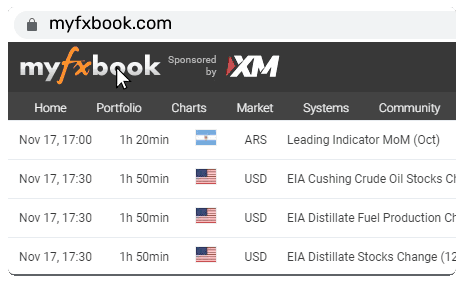Advertisement
Australia GDP Expands 3.6% On Year In Q2

(RTTNews) - Australia's gross domestic product added 3.6 percent on year in the second quarter of 2022, the Australian Bureau of Statistics said on Wednesday.
That beat forecasts for an increase of 3.5 percent and was up from 3.3 percent in the previous three months.
On a seasonally adjusted quarterly basis, GDP added 0.9 percent - shy of expectations for an increase of 1.0 percent but still up from the downwardly revised 0.7 percent in the three months prior (originally 0.8 percent).
Capex was up 0.2 percent on quarter, slowing from 0.7 percent in Q1, while the GDP deflator came in unchanged at 3.3 percent on quarter.
Domestic final demand contributed 1.0 percentage point to GDP growth. Household final consumption expenditure contributed 1.1 percentage points, driven by increased spending on discretionary services. Government consumption detracted 0.2 percentage points, with reduced spending on health by state governments following the peak of the Omicron outbreak in March quarter.
Net trade contributed 1.0 percentage points, driven by a strong rise in exports (+5.5 percent), while imports recorded a partly offsetting rise (+0.7 percent).
Following an unprecedented inventory build-up of $7.8 billion in March, changes in inventories recorded a more moderate build-up of $1.6 billion this quarter, detracting 1.2 percentage points from GDP growth.
Exports of goods and services contributed 1.1 percentage points to GDP growth. Strength this quarter was broad-based across rural and mining goods, as well as services exports. Exports of services rose 13.7 percent, reflecting education-related travel as international students returned to Australia. This was the strongest rise since the Sydney Olympics boosted travel exports in September quarter 2000.
Imports detracted from growth, as the easing of travel restrictions led to increased numbers of Australians travelling abroad.
Household spending rose 2.2 percent this quarter. Spending on services increased 3.6 percent, exceeding pre-pandemic levels for the first time. The easing of travel restrictions accelerated spending on transport and other related services. Hotels, cafes and restaurants (+8.8 percent), transport services (+37.3 percent) and recreation and culture (+3.6 percent) all contributed to the rise.
Nominal GDP rose 4.3 percent. The GDP implicit price deflator (IPD) increased 3.3 percent and was 6.9 percent higher year-on-year. The annual price growth was the fastest since 1988-89 and was broad-based across the domestic economy and international trade.
The terms of trade rose 4.6 percent for the quarter, with export (+8.8 percent) and import prices (+3.9 percent) both up strongly. Continued strength in export prices reflected ongoing demand for Australia's mining and agricultural commodities amidst supply constraints in other producing nations.


















